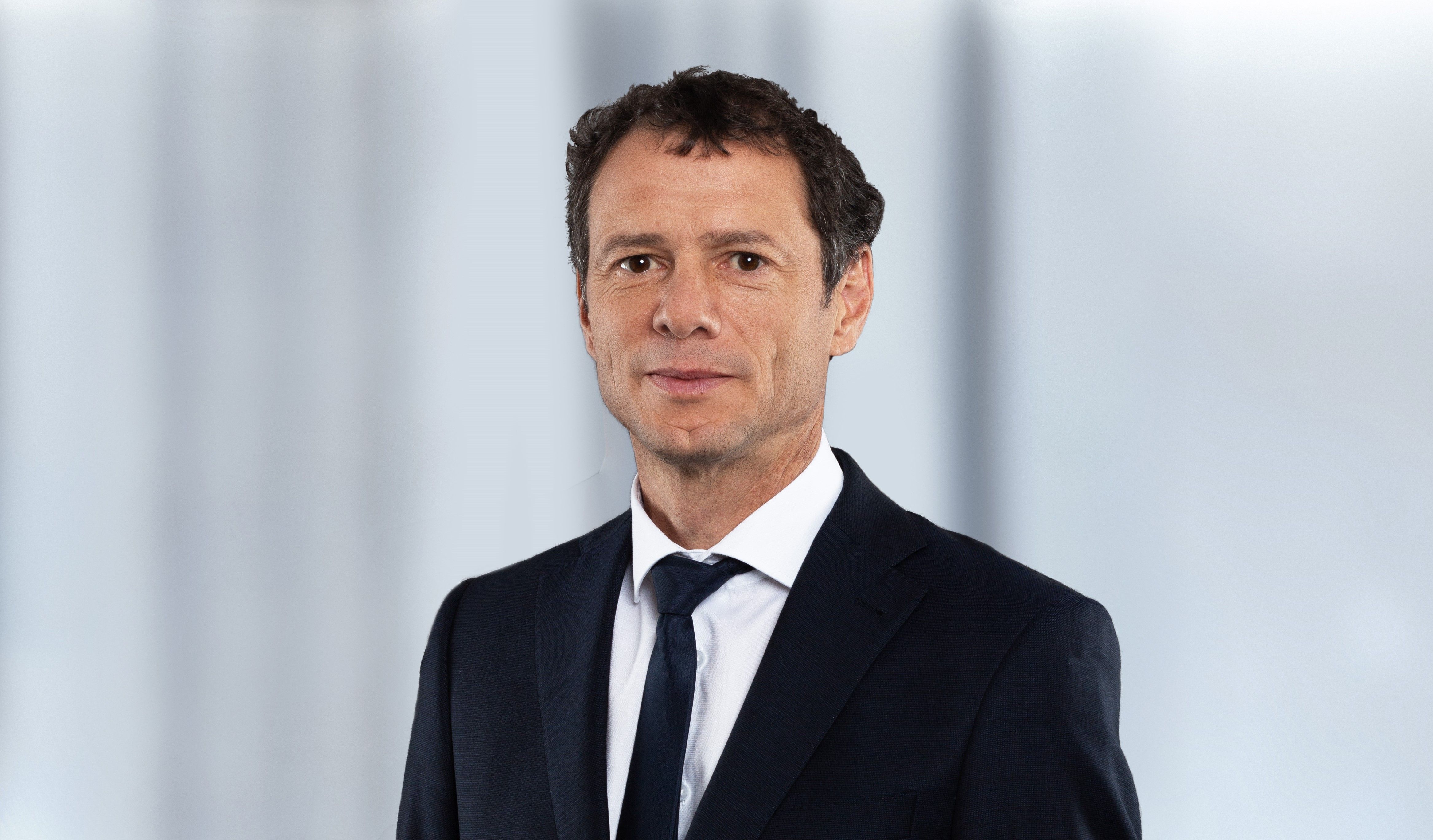Divergent central bank policies
By Volker Schmidt, Senior Portfolio Manager at Ethenea
The ECB and the Fed will announce their rate decisions on respectively 14 and 20 September and this time their policies may diverge. Due to the stubbornly high inflation in Europe, the ECB may announce another rate hike, while the Fed is not expected to raise its key interest rates due to the falling US inflation.
Fed: First pause, then we'll see what happens next
After the Fed raised the key interest rates to a 22-year-high at its July meeting, central bankers left the door open to further hikes if the US economy gains momentum. And economic performance appears to have surprised on the upside: GDPNow, the Atlanta Fed's estimate of annual GDP growth, was surprisingly raised to 5.9% in mid-August, roughly three times the estimated neutral growth rate. And this after one of the shortest interest rate hike cycles in US history, which was just carried out with the aim of taming the economy...
Given the Fed's focus on fighting inflation and achieving full employment, the latest figures on the US labour market were eagerly awaited. And there are signs that the much-anticipated slowdown may have arrived. Hiring has slowed, with employers adding 3.1 million jobs over the past 12 months, including 187,000 in August. As more people who had previously dropped out of the labour market re-register as jobseekers, the unemployment rate has also started to rise again. The decline in the layoff rate also suggests that workers now feel that it will not be as easy to change jobs. The bottom line is that the latest figures show that the effects of monetary tightening are starting to be felt in the US labour market. Moreover, inflation has already fallen back to around 3%. This is all the Fed needs to pause its rate hikes. After all, the central bank rate is already well above the inflation rate.
We therefore do not expect another rate hike in September.
While the latest figures keep the Federal Reserve on track to hold interest rates steady at its next meeting, this does not end the debate about another rate hike in November or December. In addition to GDP growth, other data show that the overall economy remains strong. For example, consumer spending - the biggest driver of the US economy - rose sharply over the summer. Together with rising commodity prices (especially oil), this could be inflationary and fuel the debate about further interest rate hikes in the final months of this year.
The ECB keeps things interesting
The ECB's leading central bankers have recently avoided giving a clear indication of the September rate decision. For example, the German representative on the ECB's Executive Board, Isabel Schnabel, pointed out that economic growth has been weaker than expected, while inflation remains stubbornly high. At 5.3%, both core and headline inflation remain well above the central bank's 2% target. This clearly argues for another rate hike.
On the other hand, it is also clear that the inflation rate will fall significantly to around 3.5 % in the coming months as a result of base effects. Electricity and gas prices in Europe exploded a year ago and are now well below last year's levels. At the upcoming ECB meeting, the central bank's new inflation forecast will be presented. In June, the ECB forecast average headline inflation of 3% in 2024 and 2.2% in 2025. Any increase in this forecast makes further interest rate hikes more likely. Given that inflation is "stubbornly high", we can well imagine a slight increase in the forecast and thus another rate hike.
